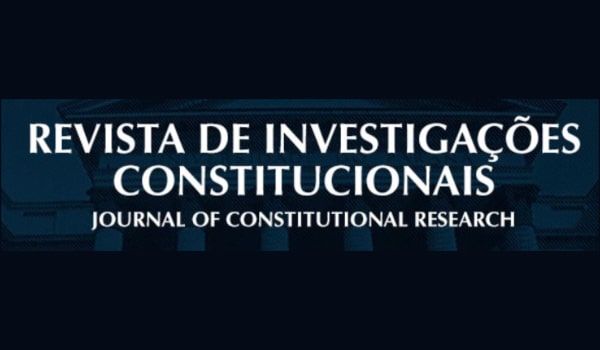
(Constitucionalização do aborto no Brasil)
by Marta Rodriguez de Assis Machado, Rebecca C Cook
Revista de Investigações Constitucionais (Journal of Constitutional Research) 2018;5(3):185-231
DOI: http://dx.doi.org/10.5380/rinc.v5i3.60973 (Open access)
Abstract
Brazil has been constitutionalising disputes on women’s right to terminate unwanted pregnancy. This paper explains how this process started with the drafting of the new constitution in 1986-87, and evolved in different arenas, the legislative, the executive and in the public sphere. Most recently, it moved to the Supreme Court, primarily in its anencephalic pregnancy decision, brought as a Claim of Non Compliance with Fundamental Precept (ADPF 54). Decided in 2012, it was the first time since the adoption of the Penal Code in 1940 that the Brazilian Supreme Court moved the criminal boundaries to enable women to decide whether to terminate anencephalic pregnancies. The purpose of this article is to examine how the ADPF 54 decision contributed to the constitutionalisation of abortion. First, it established the right to life as a non-absolute right, granting constitutional legitimacy to the system of legal exceptions. Second, it signalled the balancing of constitutional rights as the reasoning paradigm for this issue. Third, in framing the controversy as a matter of balancing constitutionally protected rights, the positions established in the Court ultimately recognized crucial understandings of women’s rights.
Article table of contents1. Introduction; 2. The Constituent Assembly’s Debates and Outcomes; 2.1. Debating the Constitutional Text; 2.2. The Constitution as Adopted; 3. The Supreme Court’s Interpretation of the Constitution; 3.1. Overview of Plurality Judgments and Pending Cases; 3.2. The Anencephaly Case; 3.2.1. The Design of the Case; 3.2.2. The Public Hearings; 3.2.3. The Plurality Decision through Ten Opinions; 3.2.3.1. The Right to Life; 3.2.3.2. The Right to Health; 3.2.3.3. Proportionality; 3.2.3.4. Other Constitutional Principles; 4. The Court’s Record in Constitutionalizing Abortion; 5. References.



